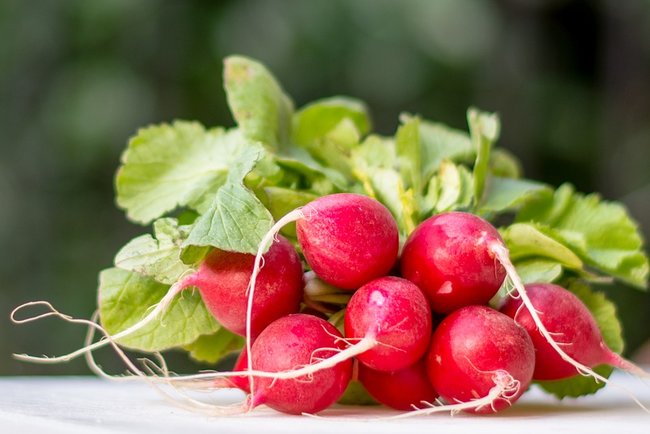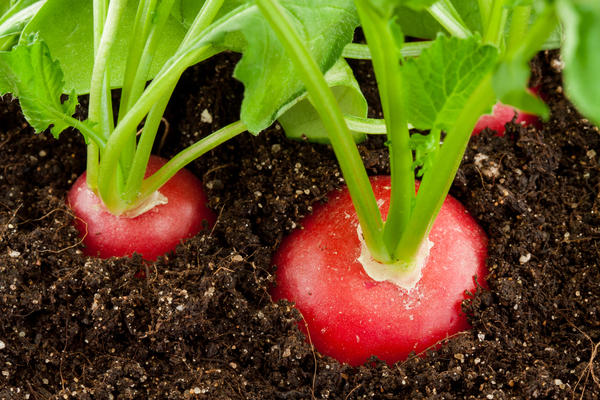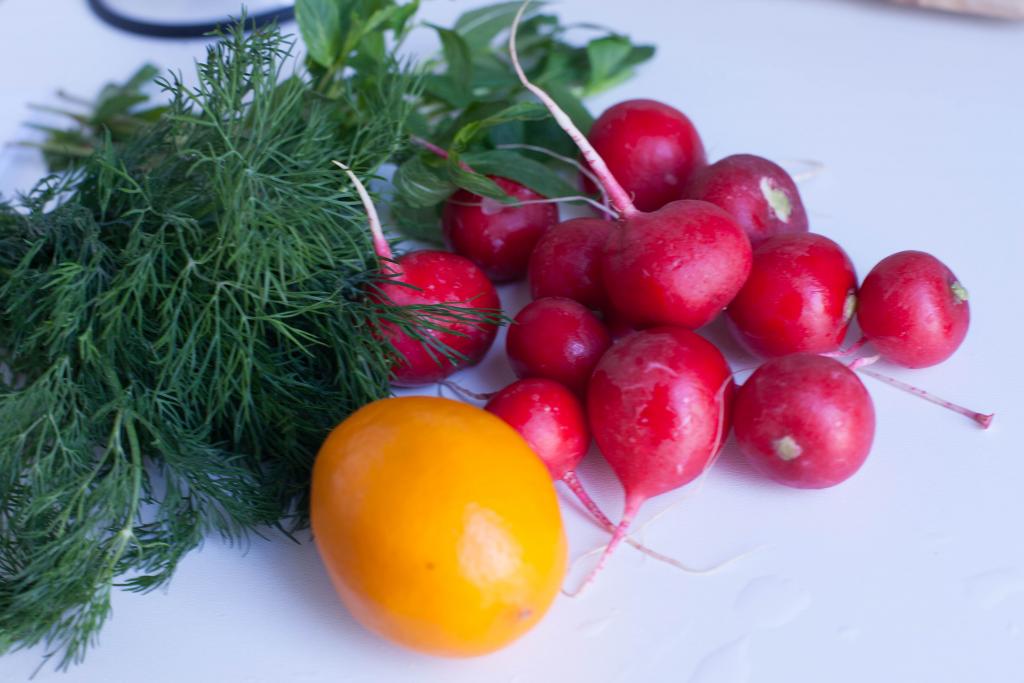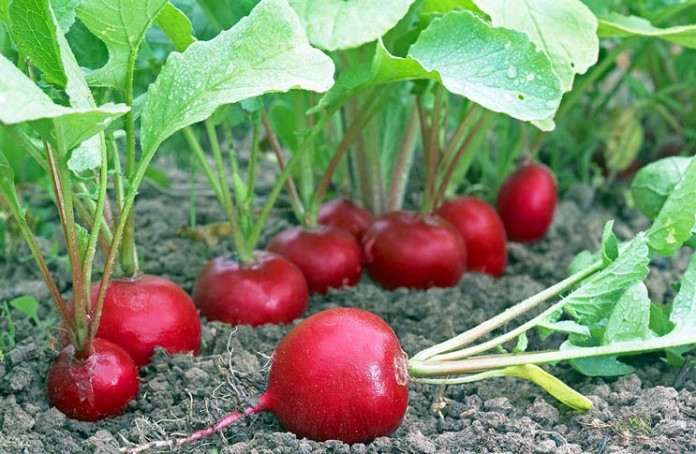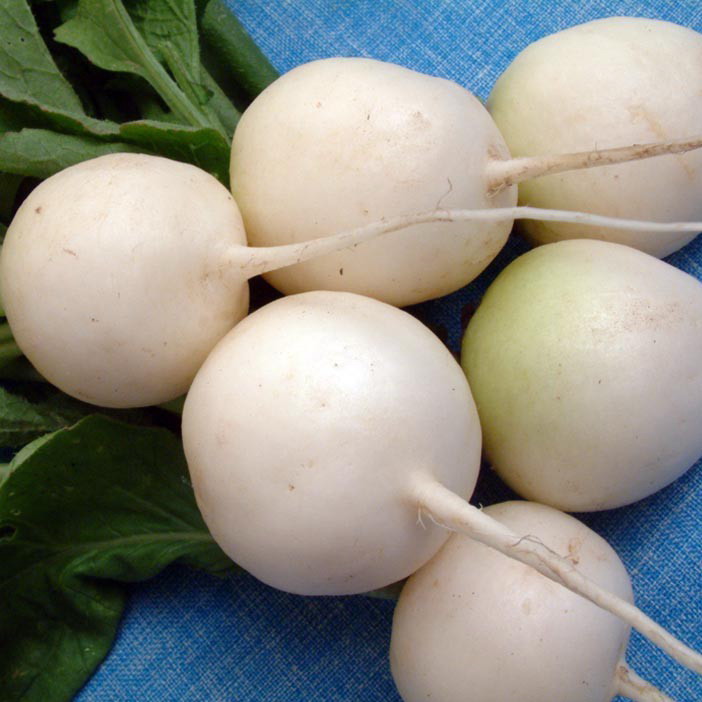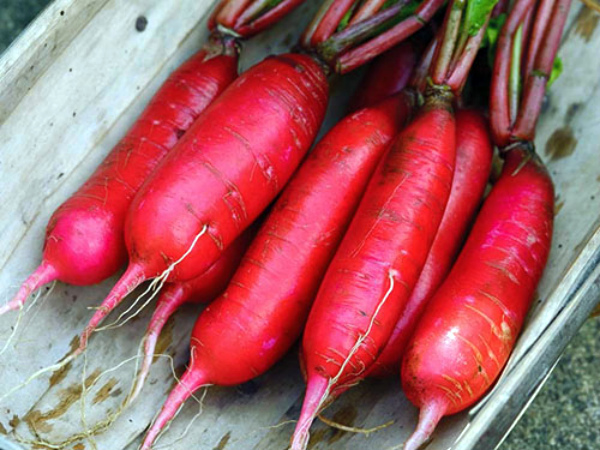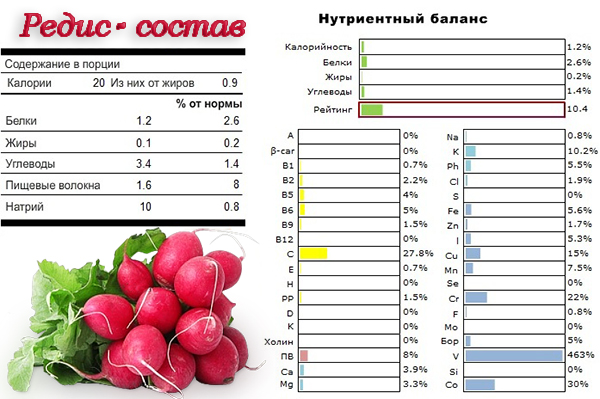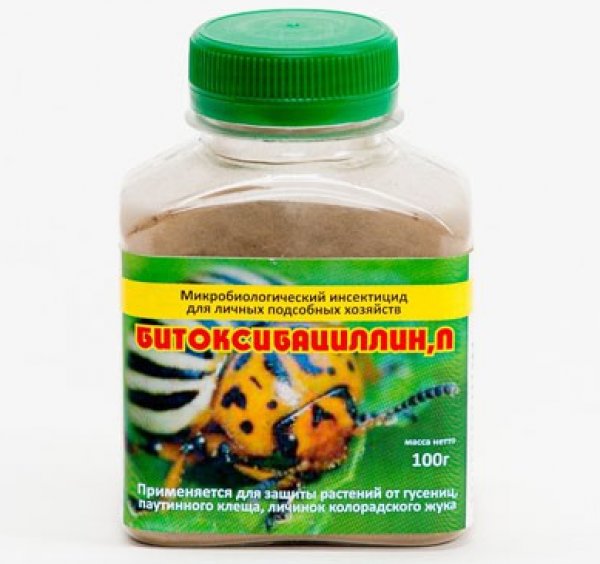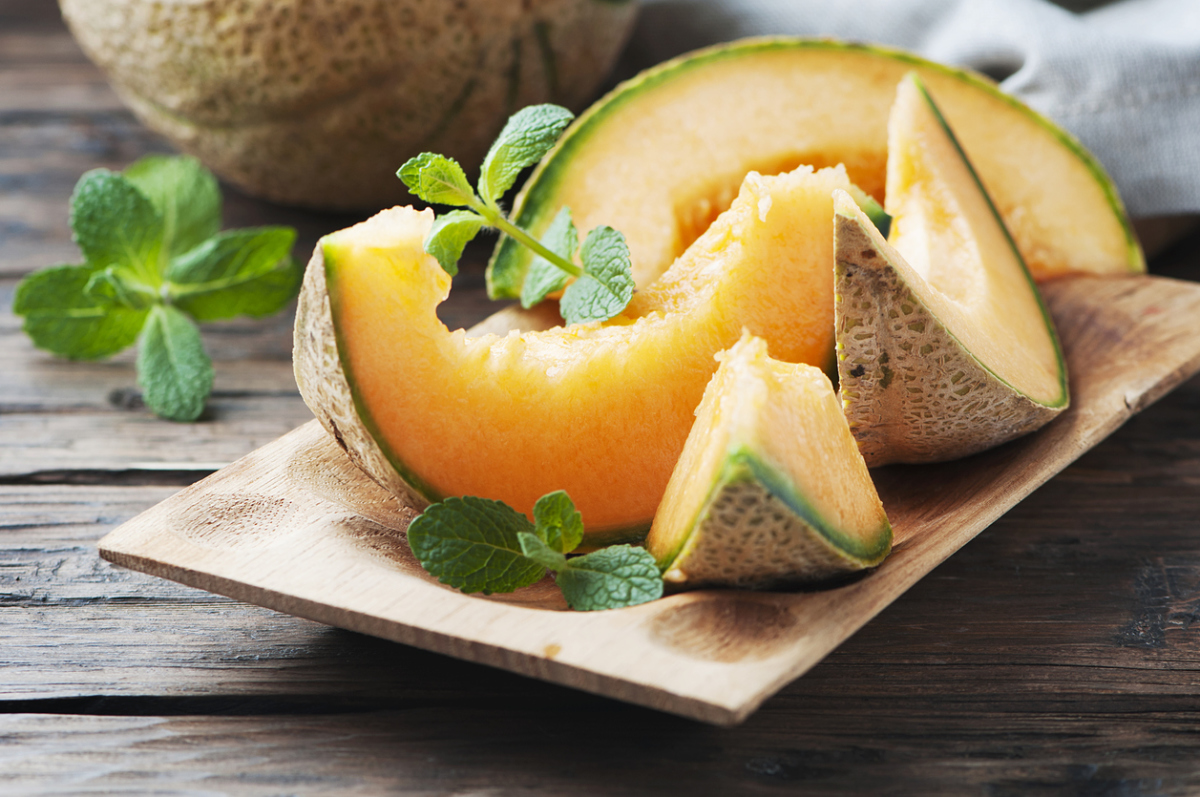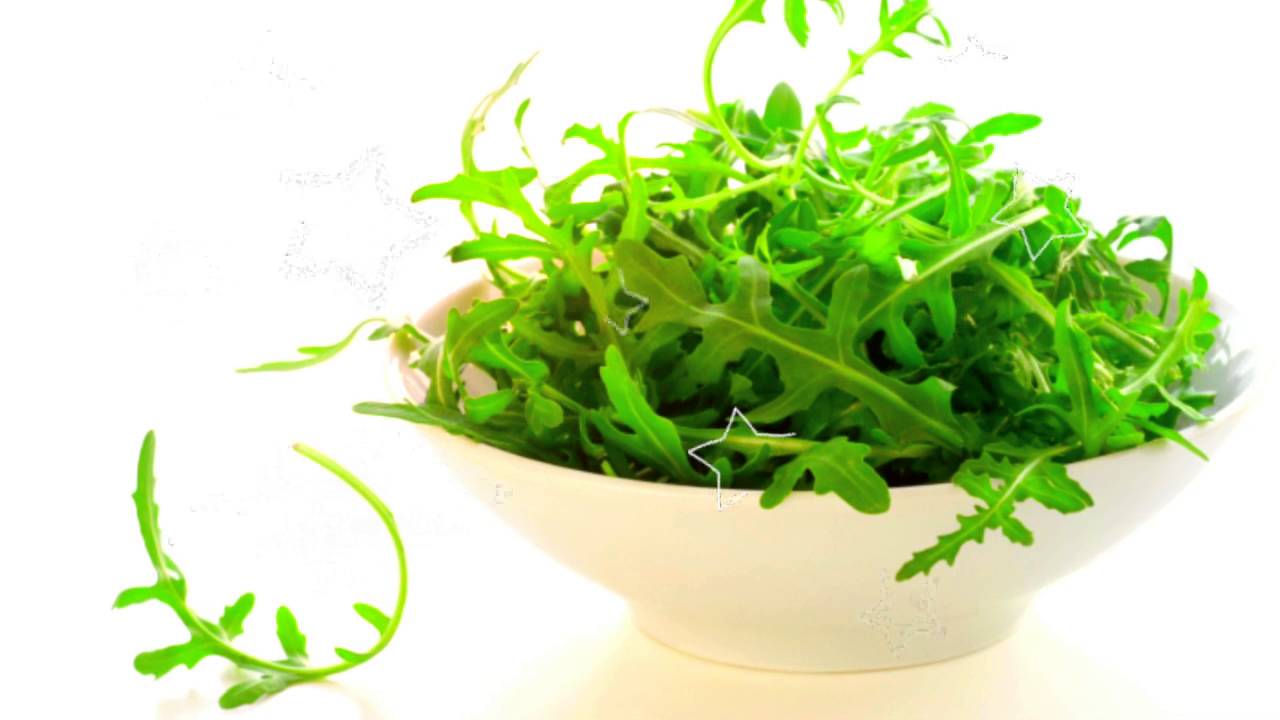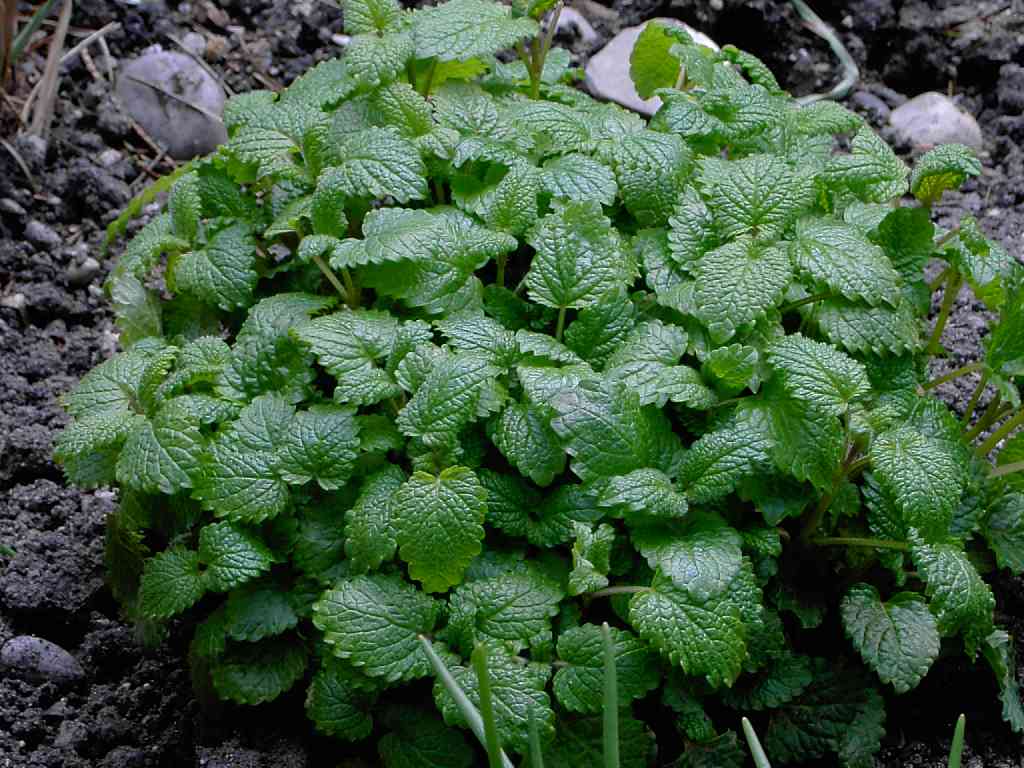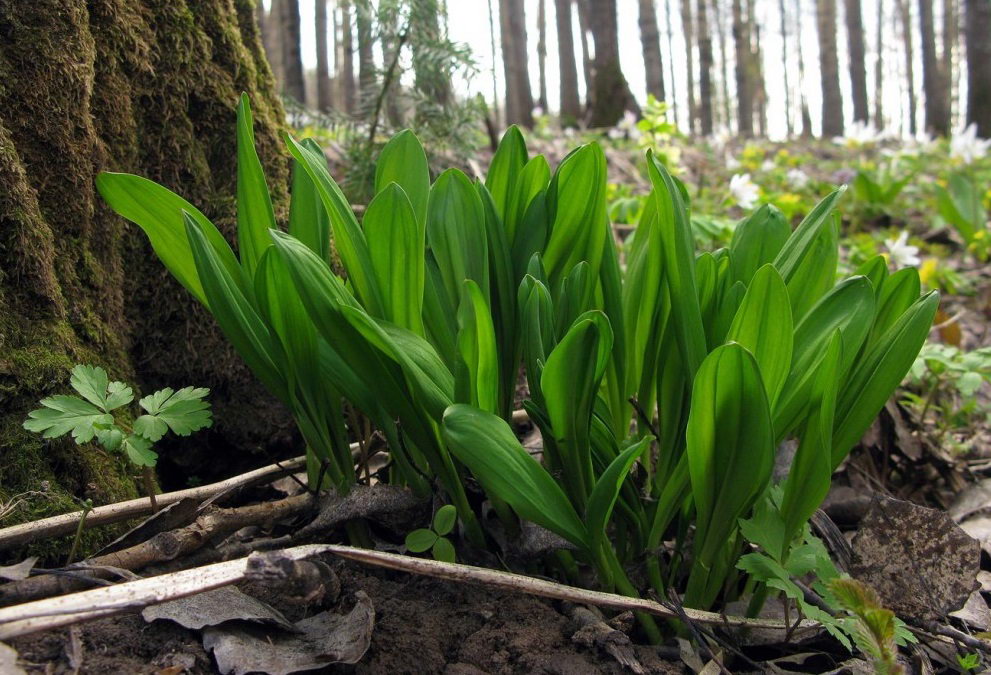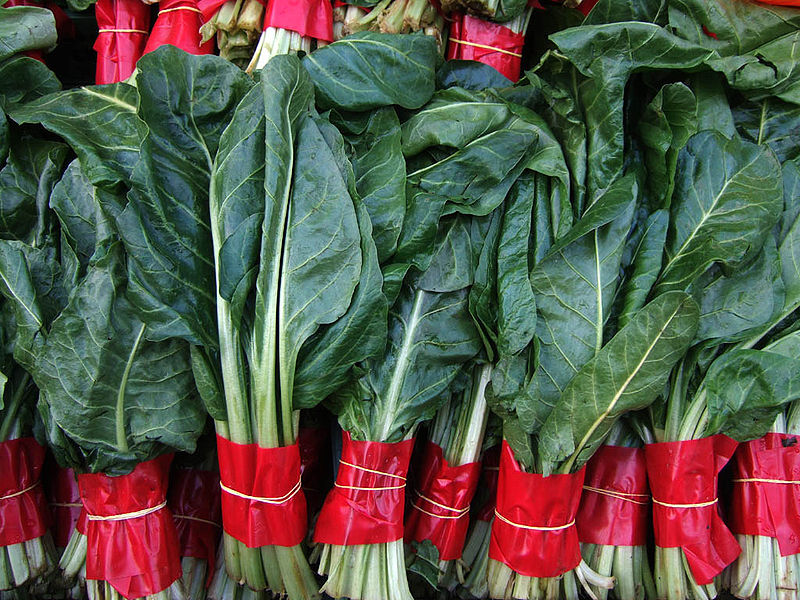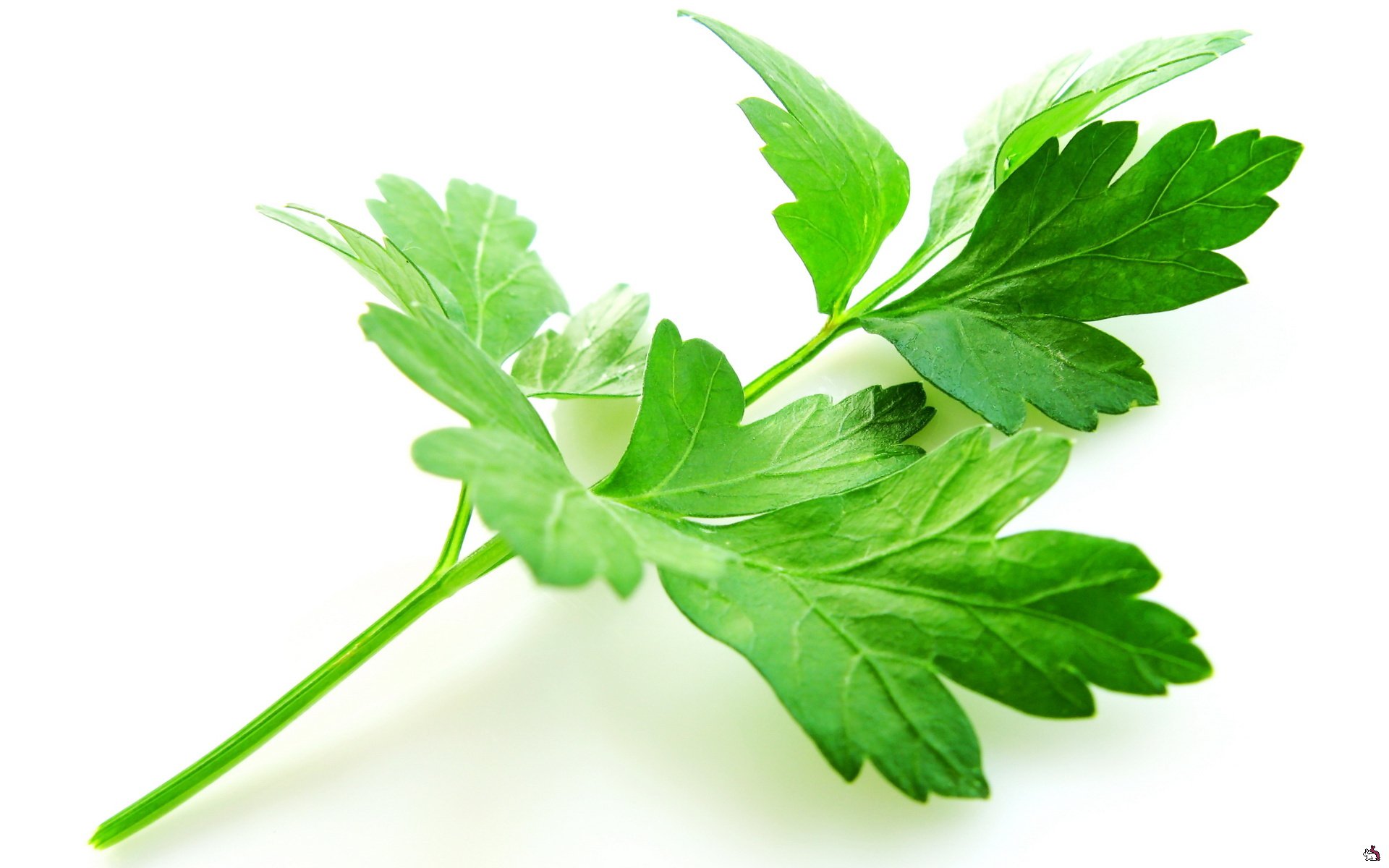Content:
Radish is a delicious vegetable. Can be one year old, two year old. Known in many countries. Both the lower part of the plant (root crop) and the upper part (tops) are used for food. The root crop is crumbled into salads, the leaves are used as an ingredient for salads and soups. One of the advantages of culture is its early ripening. Radishes can be eaten about a month after planting.
Radish or radish
Many people are interested in the following questions: is a radish a radish, a radish or a radish how to say it correctly? It turns out that they are one and the same vegetable. Radish is the officially approved name for a vegetable crop. Radish culture is called in everyday life. Both names are allowed. You can still often hear the word radish among summer residents when the harvest is especially large.
Description of culture
Scientific classification
Which family does the radish belong to? Scientific classification suggests that the radish family is Cabbage. Another name for this family is Cruciferous. The genus that the culture belongs to is radish. In fact, radishes and radishes are similar vegetables to each other. They are not only tasty, but also have many useful properties (antiviral, antibacterial, etc.). Another relative of these vegetables is turnip.
Characteristic
What is a radish and what does it look like? Radish is an early ripening vegetable crop. Depending on the variety, its growing season lasts from 20 to 60 days. It happens both one-year and two-year. Some varieties form both root crops and seeds in the first summer season. Some people need two seasons for this. In the first year, the biennial produces a root crop. In the second year it blooms and gives seeds.
The vegetable consists of aboveground and underground parts. Aerial - is a rosette with spatulate leaves on elongated petioles. Their average length is 10-30 cm. Depending on the variety, the shape of the leaves can be whole, dissected, lyre-shaped. There may be notches, notches on the edges. Edges can be wavy. The leaves are semi-expanded. They may have tiny hairs. The color of the foliage is light green, emerald. Petioles can be light green, pale emerald, blue-purple, brick.
The underground part is a root and root crop. The root system is pivotal. A root crop is a modified stem. Its shape is round, elongated, oval. The root process is visible below. The root crop can be large (about 8-11 cm) or small (1-3 cm). The weight of small vegetables is 5-10 grams, of massive ones - 20-35 grams. The skin is thin, firm. Reminiscent of a potato. What color is the radish? The color of the peel, depending on the variety, can be white, lilac, lilac, scarlet, yellow, green. The pulp is also multi-colored. Most often it is white, light purple cream, purple. The pulp is juicy but firm. Its taste is slightly bitter. The reason is the presence of mustard oil.
After the root crop is formed and ripe, the radish releases the stem. He comes out of the socket. Long enough. It can be extended up to a meter. Growth nutrients are taken from the root vegetable. A carpal inflorescence is formed on the stem.Flower petals are pink, whitish, lilac. Flowering can be observed for a month. Then the radish fruit is formed. Its length is about 5 cm. The radish is of the pod type. The pod is dry. There is an elongated pointed nose. Another cruciferous vegetable, cabbage, has a similar fruit. Almost all representatives of the Cabbage family (Cruciferous) have a variety of pods with seeds. The fruit of the radish does not open. There are seven or more peas inside. These are seeds. They can be stored for 3-5 years.
Where culture grows
It is believed that the birthplace of radish is Asian countries. In ancient times, the inhabitants of the Mediterranean territories also knew about culture. The exact origin of the radish has not been determined. The root crop was mentioned in the annals of Ancient China, Egypt, Japan, Greece, Rome. Culture came to European countries in the 16th century. In our country, a tasty plant appeared thanks to Peter I.
Nowadays, radish is a crop spread all over the world. The plant takes root well in different climatic zones. However, in the northern regions, it is grown in greenhouses. For these purposes, we need a greenhouse, a greenhouse. In greenhouse complexes, planting takes place in early spring (March, April is suitable). Even at +4 degrees, the seeds will begin to germinate. The best temperature for germination and growth of a vegetable is + 13 ... + 16 degrees. The root crop begins to fill faster if the temperature rises to +19 degrees. He does not tolerate heat, like a prolonged cold snap.
Radish varieties
Breeders have bred more than a hundred of the most diverse varieties of crops. This is due to its popularity. There are varieties that are ideal for northern regions, southern as well as central regions. Varieties have been bred that are recommended to be planted in open, closed ground. Although this category is conditional. The gardener, based on personal preferences and climatic conditions, decides for himself where to plant the crop. In central Russia, the vegetable grows well both in greenhouses and in open-air beds. In addition, there are recommendations on any pack of seeds.
One of the most accurate classifications of varieties is the classification according to the growing season. Stand out:
- Early ripening varieties (root crops ripening lasts from 16 to 30 days);
- Mid-season (you can eat radishes 35 days after germination);
- Late (root crops are poured and reach technical maturity only 40-60 days after seed germination).
Early
Among the early maturing varieties, the following are considered the most famous and tasty:
- Pesto;
- Cherrieta;
- French breakfast;
- Heat;
- 16 days;
- Champion.
Pesto
Pesto is famous for its early maturity. According to reviews, it ripens in 16-20 days after the first shoots. Root crops are even, round, about the same size. The color is scarlet. It can grow both in open and protected ground. April is suitable for the first landing. However, the plant can be planted throughout the warm season. Provides 1.6 kg of vegetables per square meter. The taste is high. The root vegetable is juicy, aromatic.
Cerrieta
Dutch hybrid. Ripening period - 18-22 days. Produces crops in a greenhouse or outdoors. But it needs timely watering. The radish grows large. Weight - about 30 grams. The color is red. The shape is round. The pulp is fragrant, medium sharp. Does not crack, there are no voids inside the vegetable.
French breakfast
It is also allowed to grow from April to August, September. In open beds, closed. During the winter, cultivation of the variety can take place in insulated greenhouse complexes or right at home in pots that can be placed on the windowsill.It is a popular vegetable. It is grown in vegetable gardens, industrial sites. The period for which the radish ripens is 20-15 days. Elongated radish. Weight - about 20 grams. The upper part of the root crop is red, the lower one is pale. The taste is worthy. The variety is immune to common diseases.
Heat
The variety needs 20 days to mature. Root crops are rounded, leveled. The color is crimson. The taste is pleasant, the bitterness is very weak. It is allowed to plant in an open garden or greenhouse.
16 days
From the name it is clear how long the root crop ripens. Suitable for growing in various types of soil. The radish grows round. The color is saturated scarlet. Differs in a special sweetish taste. Weak-sharp. Does not crack.
Champion
High-yielding variety. If decent care is organized, then summer residents remove 2 kg of juicy vegetables from a square meter. Can be grown outdoors, in greenhouses. The shape is oval. The color is red. The weight of one radish is 20 grams. The taste has a slight bitterness.
Mid-season
This type of culture has a rich taste, high yield, large fruits, good keeping quality (about 2-3 weeks). Among the popular varieties stand out:
- Polar bear;
- Duro;
- Zlata;
- Rebel.
Polar bear
Ideal for growing in northern regions. Not afraid of prolonged frosts. Ripens one month after the first shoots. The fruits are very beautiful: round, large, snow-white. There is a peculiar spicy aftertaste. In order to get a high-quality harvest, it is recommended to use stimulants. Productivity - about 3 kg per square meter.
Duro
For 30 days, root crops acquire a mass of 30 grams. The color is dark red. It has immunity from common diseases. Table taste, pleasant. Harvest - about 3.5 kg per square meter of land.
Zlata
It has bright, sunny fruits. The shape is round, rarely slightly elongated. The average weight is 25-35 grams. The peculiarity of the variety is that it is not as picky about watering as many others. The skin is firm. Root crops are not deformed upon impact. Excellent transportability.
Rebel
Bears fruit steadily. Differs in sweet taste. One of the main advantages is that it retains its presentation for a long time. The shape of the radish is round. The color is bright scarlet. Suitable for open, closed ground. Disease resistant. Demanding to care in the form of drip irrigation.
Late
The peculiarity of the late varieties is that they can be stored for a long time. At the same time, they grow large, juicy. The class is resistant to diseases and pests. For storage, it is recommended to plant radishes in August. Another reason many gardeners do not do without late radishes is in yield. Late varieties are more productive. Among the most famous varieties, with a ripening period of more than 40 days, stand out:
- Red giant;
- Ice icicle;
- Dungan 12/8;
- Black Spanish radish.
Red giant
The red giant ripens 45-50 days after germination. Root vegetables resemble carrots. They are elongated, but the color is crimson-scarlet. Average weight is 100-150 grams. The taste is pleasant, not spicy. Resistant to disease. Caring for him is simple. This vegetable may not be watered as often as many other varieties. The only condition for normal growth is a sufficient amount of free space. Such radishes are planted at a distance of 15-20 cm from each other. It can be stored for 3.5-4.5 months. Productivity - 5 kg per square meter.
Ice icicle
It is a white radish variety. Harvestable. 5 kg of root crops are collected from a square meter. It looks like a carrot, only white. In length it can reach 15 cm. The taste is spicy, there is no bright bitterness.
Dungan 12/8
Round root vegetables have a red skin. Weight - about 50 grams. The variety resembles a common early radish. However, this plant can be stored in the cellar until spring.
Black spanish radish
One of the most unusual varieties. Its rind is black. The pulp is creamy. The growing season is 60 days. The taste is spicy.It is recommended to plant it in early spring or autumn. The black root vegetable does not tolerate high air temperatures.
Radish composition
The vegetable has a rich composition. A culture can be called the earliest vitamin. The root crop and the grassy top of the plant contain vitamins C, A, D, PP, E, group B, sodium, copper, phosphorus, iron, iodine, calcium, etc.
Useful properties of culture
Due to its composition, the vegetable is very healthy. It is eaten both the upper part and the lower part.
The plant helps to restore strength after illness, operations. Accelerates metabolic processes in the body. It has been established that the culture has a beneficial effect on the complexion, the condition of the skin and hair. The beneficial substances of the plant help to fight stress, nervous strain. The benefit of root vegetables is that they remove toxins, bile, and strengthen blood vessels.
Another important property of culture is pain relieving. Radishes should be eaten in case of pinching of the sciatic nerve, back pain, joints.
A crop can refer to vegetables that are suitable for cosmetic purposes. The mashed vegetable is mixed in equal amounts with olive oil, potato starch. The mixture is applied to the face and left on for 15-20 minutes. It is recommended to make a mask daily for a week. We can talk about the result for a long time. Wrinkles and swelling will disappear. The skin will acquire a healthy, fresh color.
Harm
It is believed that the rich composition of radish can be harmful to the body. For example, you cannot eat a root vegetable on an empty stomach. The juice can irritate the mucous membranes. As a result, the stomach will hurt. You can not use a cultivated root crop for people with diseases such as:
- Kidney disease;
- Gastritis;
- Ulcer;
- Pancreatitis;
- Colitis;
- Diseases of the gallbladder.
Pests
To learn everything about radishes, you need to have an idea of the harmful insects that attack the plant. The crop is believed to be resistant to common pests. But there are a few special insects that love the sap of the plant. Among them are cabbage whites, cabbage moths and cruciferous fleas.
Cabbage whites
Cabbage whites are caterpillars. They are attached to the undersides of the leaves. It's easy to recognize this insect. The leaves of the radish are covered with holes and begin to curl. Fortunately, dealing with a pest is easy. For this, ordinary mustard powder is used. It is taken in an amount of 100 grams. Placed in a 10 liter bucket of hot water. Stir. The mixture should stand for 48 hours. Take 2 liters of the resulting mixture. It is mixed with 2 liters of clean water. The resulting cocktail is sprayed on the culture. If there are a lot of caterpillars, it is allowed to use industrial preparations, for example, Iskra M, Fitoferm.
Cabbage moth
The caterpillars eat the leaves. The difference between cabbage whites and moths is that moth larvae feed on both leaves and roots. Experienced gardeners fight the pest with products that are suitable for ordinary moths. That is, those that contain camphor, naphthalene. You can use drugs Dimilin, Bitoxibacillin.
Cruciferous fleas
It is not difficult to spot this pest. He jumps high. Gnaws small holes in foliage. Violation of the integrity of the tops negatively affects the growth of the root crop. Flea beetles need to be fought. A simple way, which experienced summer residents offer, is to use ash, tobacco dust. The culture is dusted with substances. Ashes fall into insects, they suffocate. Among the recommended drugs used are Kaiser, Zolon, Tod.
Prevention of pest attacks
To save the plant from the invasion of harmful creatures, you need to pay attention to prevention.Young bushes are powdered with mothballs, dust. Every week, ash and slaked lime are sprayed over the garden. You can spray the tops with vinegar solution. It's easy to prepare. A glass of 9% vinegar is taken and poured into a bucket of water. Stirred. The vinegar solution is ready.
Preventive procedures should be alternated with each other, but performed regularly - every 7-14 days.
Radish is not only a tasty and early vegetable, but also a healthy plant. It helps to raise immunity, recover from a long illness, remove toxins. A significant plus for gardeners is the variety of crop varieties. Radishes can be planted from April to September for fresh root vegetables for dinner throughout the summer season.
